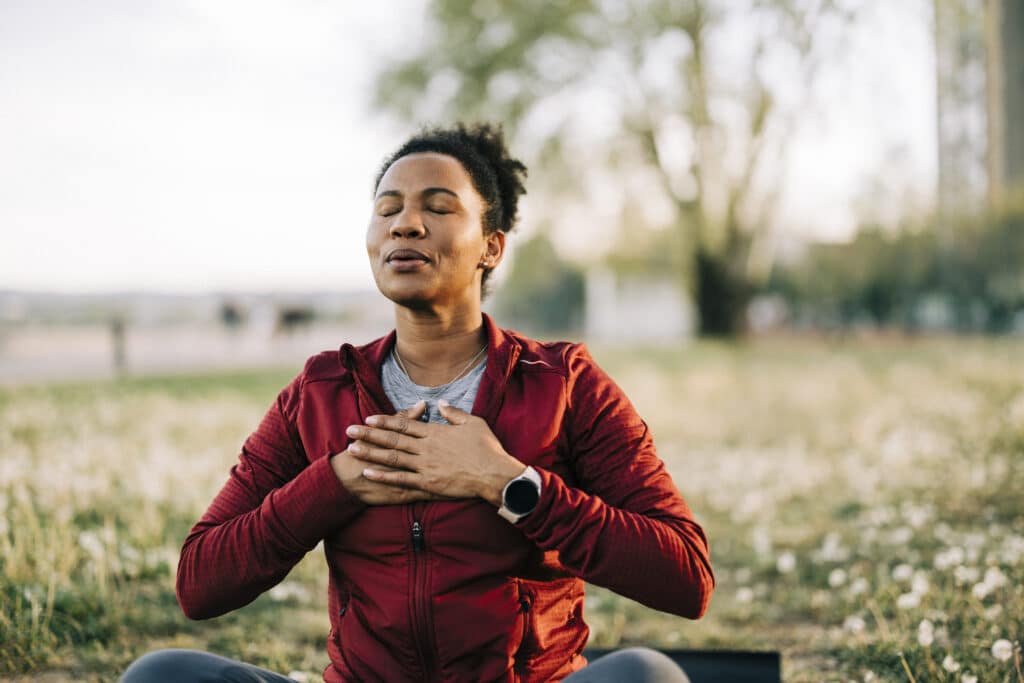Have you ever noticed what happens to your breathing when you feel stressed or anxious? Most people find their breathing speeds up along with their heart rate. This is part of how your sympathetic nervous system gets ready for a “fight or flight” challenge. Whether or not you notice it, your body makes these changes to boost the oxygen supply to your muscles.
The effect of too much breathing
Sometimes, when you’re stressed, you may start to hyperventilate. That means you breathe in more oxygen than your body needs. Some people tend to breathe like this a lot of the time. They may not even be stressed or doing anything that requires more oxygen, like exercise.
Taking in more air than you need can cause physical symptoms like:
- Feeling lightheaded
- Trouble thinking clearly
- Feeling weak
- A pounding heartbeat
- Chest pain
- Dry mouth
- Numbness or tingling in the arms
- Problems sleeping
Breathing and panic attacks
If you ever have panic attacks or sudden episodes of extreme anxiety and fear, these symptoms may sound familiar. Breathing too much can be both a cause and an effect of panic attacks. It also may simply go hand in hand with them.
Differences in breathing patterns (e.g., breathing heavily while at rest) are more common among people who experience panic attacks or post-traumatic flashbacks. Re-training the breathing pattern with Freespira is a proven way to lessen these symptoms.
How Freespira works
Freespira provides a unique set of training tools that help you learn to follow a healthier breathing pattern and make breathing that way natural. With practice—20 minutes, twice a day for 4 weeks—this results in fewer panic attacks or PTSD symptoms.
The Freespira system includes:
- Guided practice. Freespira provides a tablet with specialized software to guide your practice sessions with audio and visual cues.
- Real-time feedback. During each session, a small sensor samples the air you breathe and shows your current breathing pattern alongside your target.
- A dedicated human coach. Meet weekly with a coach to review your progress, ask questions, and get tips, which helps to solidify the training.
- A skill you can take with you. At the end of Freespira, the breathing you learned is a part of you. Your body knows what to do when you encounter stress or triggering situations.
To find out if Freespira is right for you, complete a survey about your symptoms.




